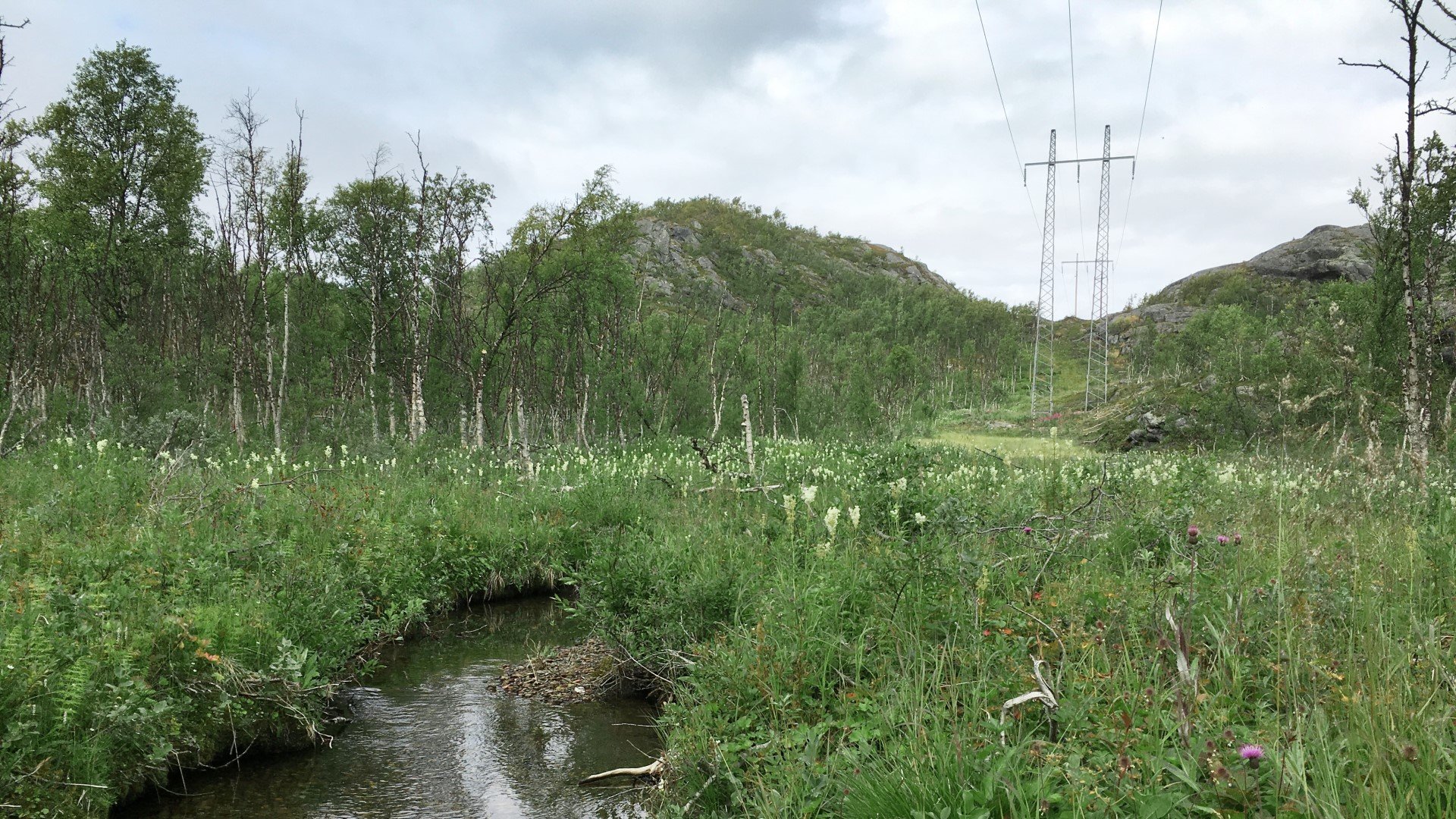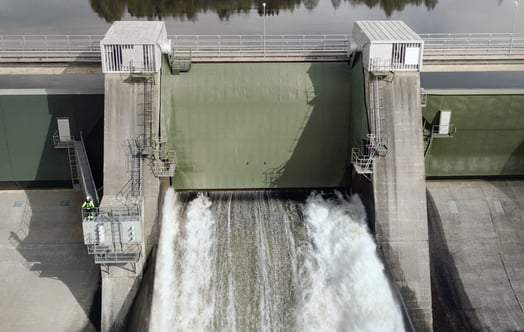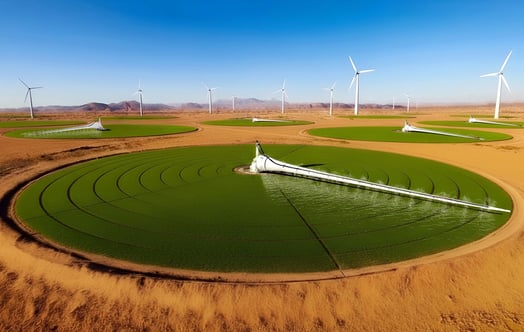The energy sector needs to transition to fossil-free production to mitigate the impact of climate change. This will require the construction of new energy infrastructure. The environmental impact of these installations on complex ecosystems needs to be considered. Can we achieve the energy transition and reduce biodiversity loss?

The energy transition can sometimes feel like a Catch-22. On the one hand, it needs to be implemented as quickly as possible to reduce climate impact and its effects as continuing with fossil-fuelled energy production is not an option if we are to meet climate goals. On the other, biodiversity must be protected when building new fossil-free energy production facilities such as solar panels, wind turbines on land and at sea, and hydroelectric and nuclear power plants. Is it possible to achieve both? Or must one be sacrificed for the other?
The goal is coexistence
For Vattenfall's Head of Environmental Strategic Projects, Josefin Blanck, there there does not need to be a contradiction. On the contrary, the two work together:
“Protecting biodiversity is a necessity to achieve permits and get acceptance for new fossil-free energy production, and a reduced climate impact is needed to avoid further biodiversity loss. That's why it is so important for Vattenfall to find solutions that benefit both,” she says.
This does not mean there will be no challenges.
“There are likely to be conflicts of interest when the need to produce large amounts of energy is set against the ecosystems at specific locations, but the goal must always be that coexistence is possible. In many cases, nature can also be used to help mitigate climate change, for example, by creating carbon sinks,” Blanck says.
Josefin Blanck highlights several examples where the energy industry in general, and Vattenfall in particular, actively works on solutions to promote biodiversity around installations and in power line corridors. Regarding offshore wind power, she mentions artificial reefs and structures to promote aquatic and bird life, and when Vattenfall´s onshore wind farm in Bruzaholm, in the southeastern part of Sweden, was established a project for capercaillie was initiated.
“Capercaillie is a species that needs to be considered from a biodiversity perspective, Blanck explains. In Bruzaholm, a new method for coexistence between capercaillie and wind power has been developed as part of the permit process for the new wind farm. The solution is based on a declaration of intent with the landowner to adjust forestry methods so that the capercaillie population is in focus. In addition, to learn more about the species and its boreal habitats, Vattenfall has also initiated a monitoring project together with the Swedish University of Agricultural Science, where we have used cameras and AI to monitor used to monitor wildlife in Capercaillie habitats at four different locations in Sweden.”
Crucial to invest in data
Data collection and the use of information is central to biodiversity research, but since it involves monitoring highly complex and large systems, standardised methods for measuring biodiversity have been lacking. This is a challenge, according to Henrik Johansson, a Ph.D. student in business and biodiversity at Chalmers University of Technology and researcher at IVL Swedish Environmental Institute in Gothenburg.
“There are many dimensions, many types of data, many data sources,” he says. “There is extensive development in various areas – but the complexity and variation associated with working on biodiversity are also enormous. A company needs to define and understand how all the data and information should be used,” Johansson says.
How is this managed?
“I believe that competence and knowledge among those who measure and use the information are very important. For companies that want to measure biodiversity, it is crucial to invest resources, either in their own employees or bring in external help. As the work with biodiversity requires both a holistic and long-term commitment, it will be very important to have in-house competence to manage all the complex data and information.”
Vattenfall has been a part of developing a new tool for measuring biodiversity, together with a number of other companies, called CLIMB. This tool helps companies to evaluate their impact, set biodiversity targets and follow KPI:s.
New forms of cooperation can be the future
Both Blanck and Johansson agree that the energy sector is setting the pace in terms of working with biodiversity. All facilities, in one way or another, are directly adjacent to the nature they affect. According to Johansson, there is a clear difference in how various sectors manage biodiversity. The closer the sector is to these issues – and the longer they have been involved – the more mature and ready they are to manage them. He believes this can be an advantage.
“You often see different forms of collaboration highlighted as a way to find methods to measure and share information. This can be various sectors working together, for example, to develop standards when it comes to land use or water impacts. It could be several different businesses operating in a specific area or landscape establishing ways to collaborate. Are special, new forms of cooperation needed? We might not have thought about it this way before,” Johansson says.
For Henrik Johansson, EU regulations and stricter requirements for sustainability reporting, due diligence and green washing have been positive for how politicians, companies, and the public pay attention to biodiversity. At the same time, he sees how knowledge and competence about biodiversity, particularly regarding how to measure and use the information, differ.
“I worked on economic reporting for many years, and it’s a process that has been developed over many years with accepted methods, governance structures and regulations. I believe it will take some time for biodiversity reporting to grow and improve. Greater knowledge, collaborations and systems for collecting and analysing data will need to be built and developed further,” Johansson says.



